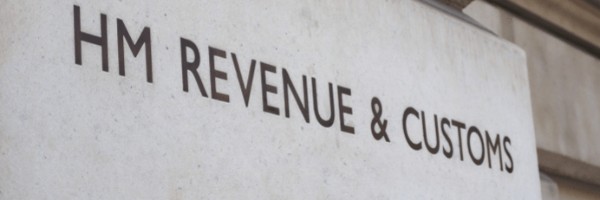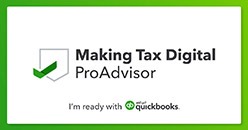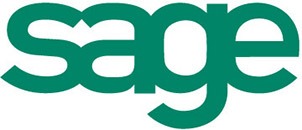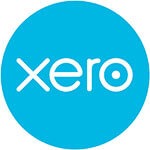If you make PAYE payments to HMRC, you should check that your payment reference number is correct every time. If you use an incorrect reference number, your payment may not be recognised. This can lead to penalties and charges being issued even if you paid on time, and you will need to call HMRC to correct any error.
A payment reference number is specific to the type of tax and the accounting period for which you are making a payment. The characters in your payment reference number tell HMRC where to allocate your payments, which helps them process your payments as quickly as possible.
Your online banking service may default to a previous payment reference so be sure to check this is right every time you pay HMRC.
HMRC want to help you get this right. You can use the ‘Pay now’ tool to find the correct reference number to use each time.
Paying PAYE — where to find your reference
If you are paying on time for the current period, you will need to use your 13-character Accounts Office reference. You can find this on:
- the letter HMRC sent you when you first registered as an employer.
- the front of your payment booklet.
- the letter from HMRC that replaced the booklet.
- your Business tax accountif you’ve already added Employer PAYE enrolment to it.
If you are not paying for the current period, you need to add 4 extra characters to the end of your Accounts Office reference. These final 4 characters will show the year and the month or quarter your payment is for. You will need to enter all 17 characters without any spaces:
- Characters 14 and 15 are for the tax year — for example, 22 for the tax year from 6 April 2021 to 5 April 2022, or 23 for the tax year from 6 April 2022 to 5 April 2023.
- Characters 16 and 17 are for the tax month or quarter depending on how you pay — you can use the ‘Pay now’ toolto find out which characters to include.
Each tax period has a different payment reference number so it’s important to make separate payments for each period.
For example, to pay for the month ending 5 June 2022 (month 2 of the 2022 to 2023 tax year), add the 4 extra characters 2302 to the end of your Accounts Office reference — 23 to tell HMRC it’s for the tax year ending 5 April 2023 and 02 to tell them it’s for month 2.
Further help and support can be found on making a PAYE payment here: Pay employers’ PAYE: Overview – GOV.UK (www.gov.uk)
P11D and P11D(b) filing and payment deadlines
It’s important to tell HMRC about any Class 1A National Insurance contributions that you owe for the tax year ending 5 April 2022 by 6 July 2022 at the latest. You also need to send them any P11D forms due by 6 July 2022. Failure to do so may result in a penalty. Any Class 1A National Insurance you owe must reach HMRC by 22 July 2022.
Remember, it’s important that you complete your P11D forms correctly the first time. If you make a mistake, it’s time-consuming to correct and your employees will pay the wrong tax in the meantime.
Further guidance is available here: how to complete forms P11D and P11D(b)









